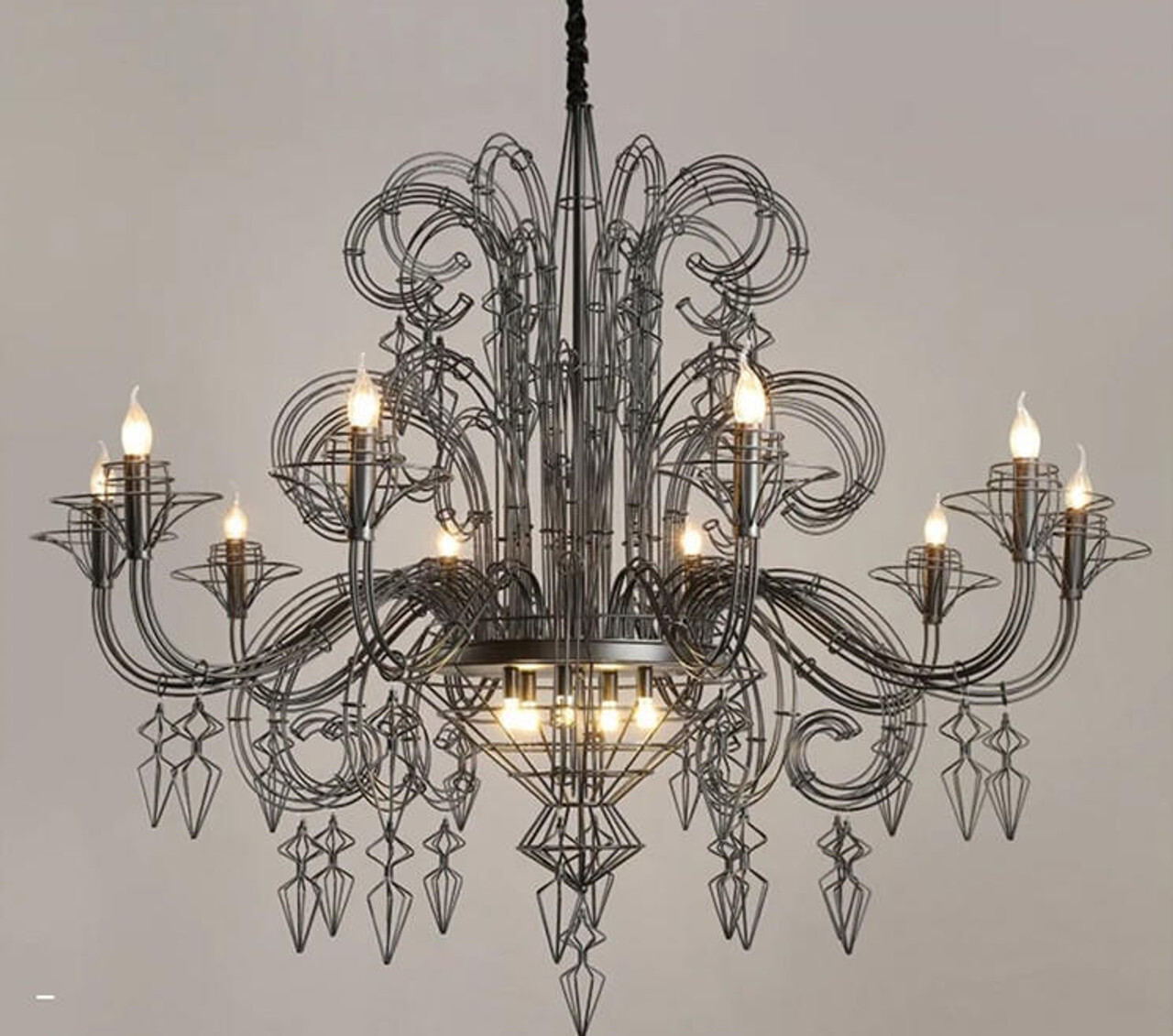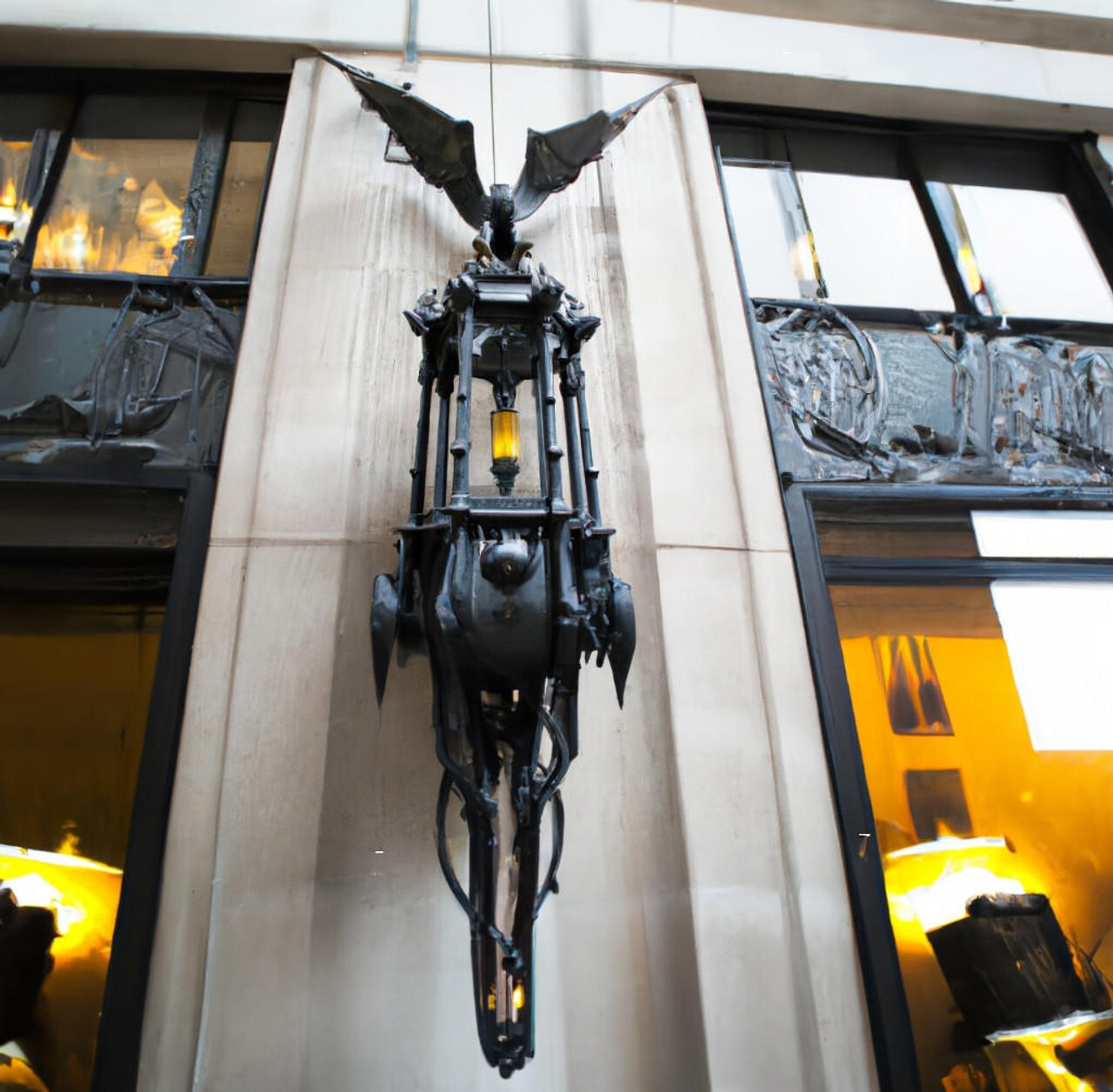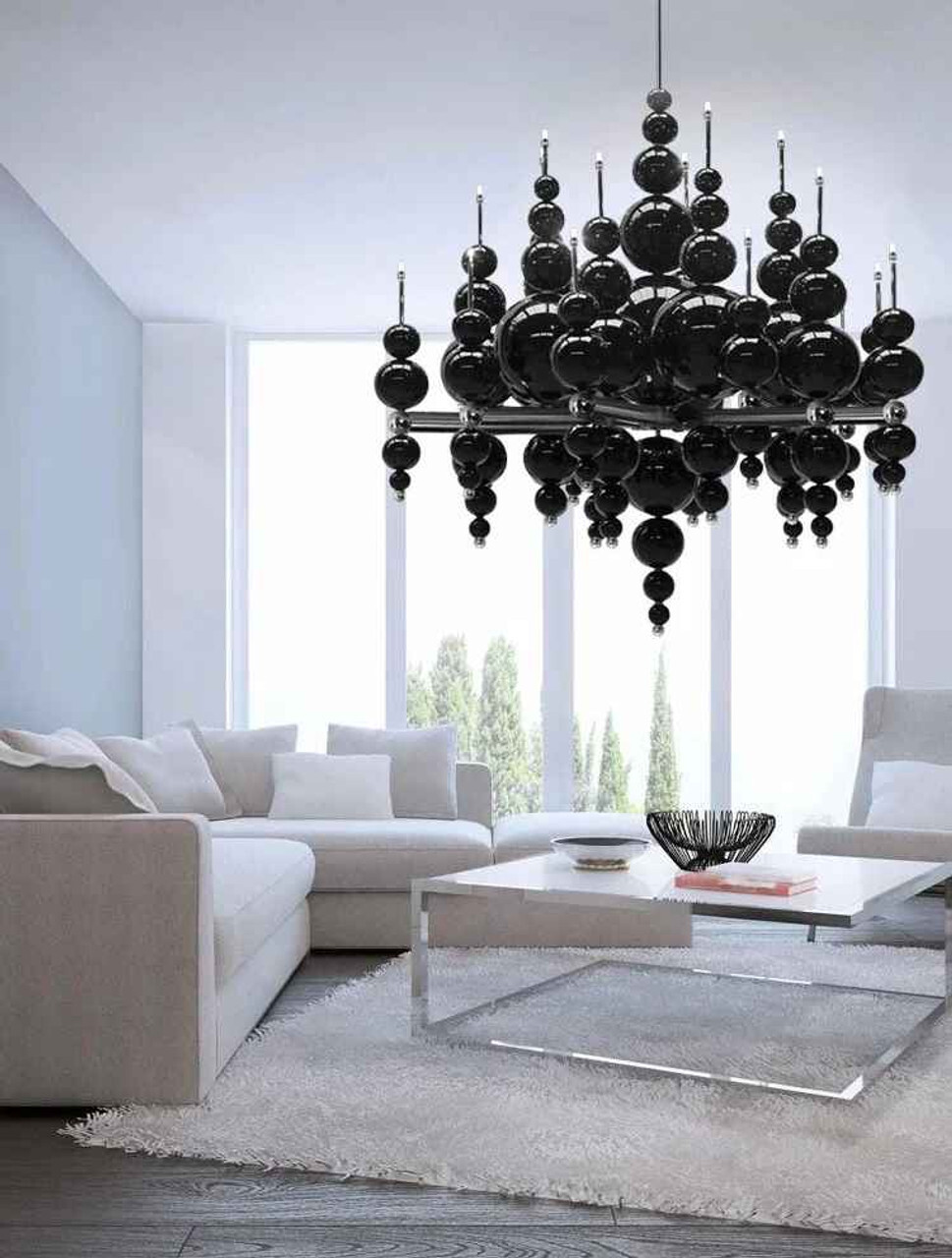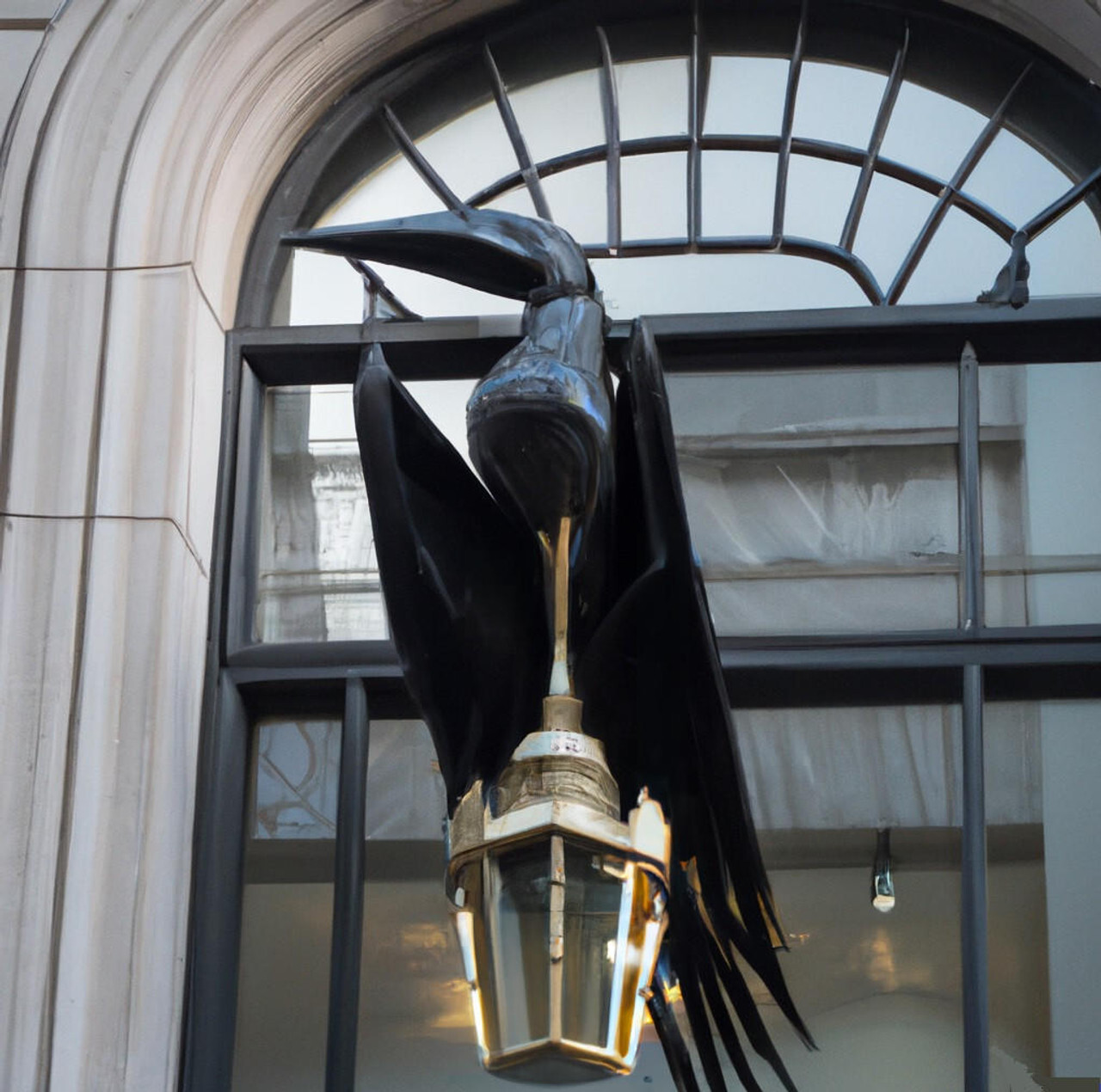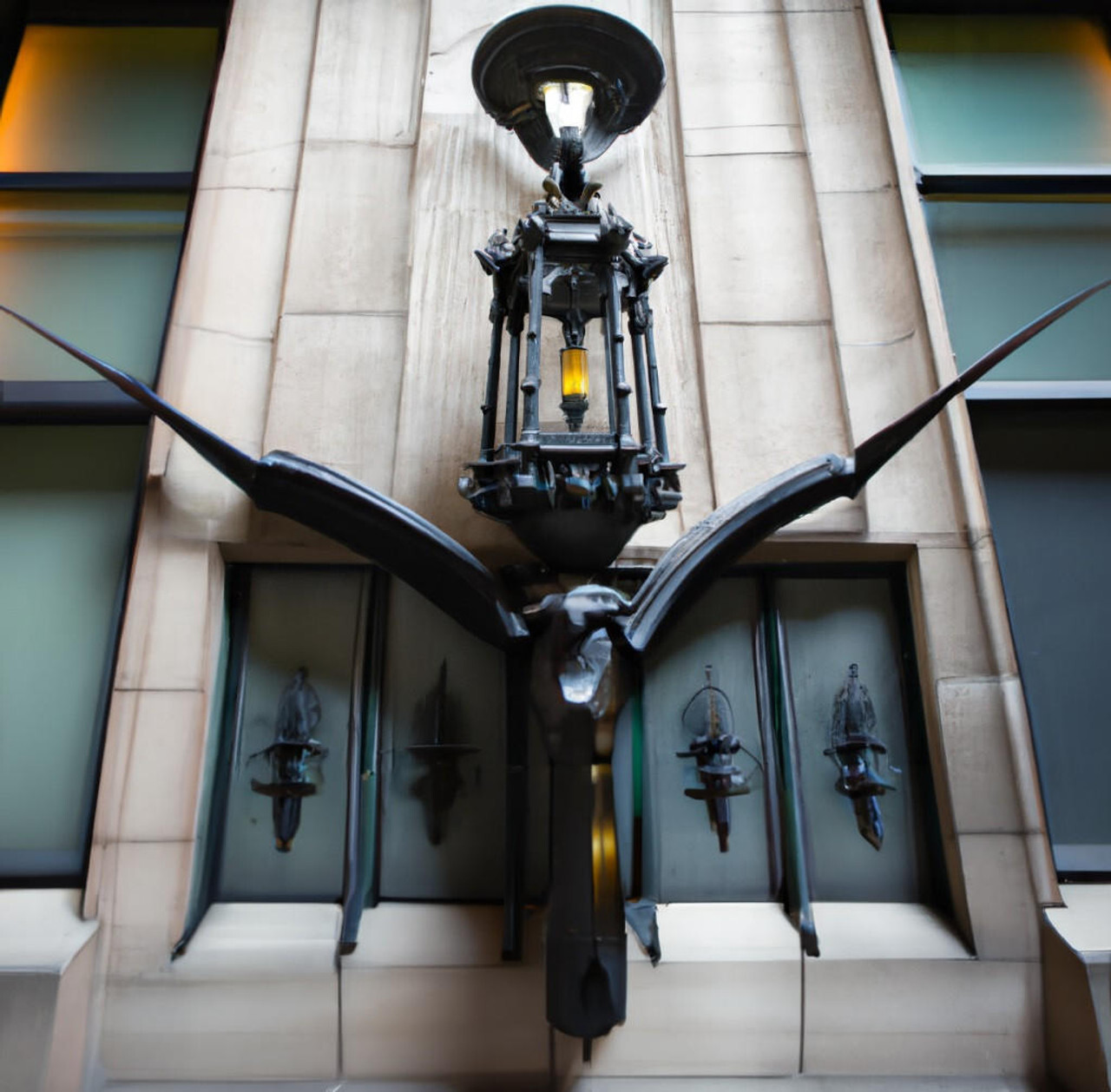Exploring the Transformation of Gothic Architecture from Past to Present
Posted by Elodie Allington - Architect on Apr 20, 2025
Exploring the Transformation of Gothic Architecture from Past to Present
Gothic architecture, with its soaring spires, intricate stonework, and ethereal stained glass, has left an indelible mark on the world of design. Originating in 12th-century France, the Gothic style evolved across Europe and beyond, influencing not just cathedrals and churches but modern architecture, pop culture, and urban planning. In this post, we’ll explore the transformation of Gothic architecture from its early beginnings to its revival and reinterpretation in the modern world.
The Birth of Gothic: 12th Century France
The emergence of Gothic architecture in 12th-century France marks one of the most revolutionary shifts in European architectural history. To understand its significance, one must first appreciate the context in which it arose—a time of burgeoning urban centers, increasing ecclesiastical wealth, and a philosophical shift toward light as a symbol of divine truth.
From Romanesque Roots to a New Vision
Prior to Gothic architecture, the dominant style in Europe was Romanesque. Characterized by thick stone walls, small windows, barrel vaults, and heavy, fortress-like appearances, Romanesque churches felt enclosed and dim. While impressive in mass, they lacked the verticality and luminosity that would come to define the Gothic style.
By the early 1100s, advances in engineering and a growing theological emphasis on light and transcendence spurred a radical rethink of church design. This change was led by one of the most influential figures of the time: Abbot Suger of Saint-Denis.
Abbot Suger and the Basilica of Saint-Denis
Suger, the abbot of the royal abbey of Saint-Denis just outside Paris, was a visionary administrator, theologian, and patron of the arts. Between 1135 and 1144, he oversaw the renovation of the abbey church, seeking to glorify God and honor French royalty through architecture.
Suger was heavily influenced by the writings of Pseudo-Dionysius the Areopagite, a Christian mystic who argued that divine light was a physical manifestation of the presence of God. Suger translated this theology into architecture. He envisioned a space where light would flood the interiors, lifting the soul heavenward. To achieve this, his architects had to push the limits of contemporary construction techniques.
Structural Innovations That Defined a Style
Three major architectural innovations made Suger's vision possible—and these became defining features of Gothic architecture:
-
Pointed Arches: Unlike the semi-circular Romanesque arch, pointed arches could better distribute weight, allowing for more flexibility in the design of spaces. They also directed the viewer’s eye upward, emphasizing verticality and aspiration.
-
Ribbed Vaults: This skeletal framework allowed ceilings to be taller and lighter. The ribs could support the vault’s weight while the spaces in between were filled with lighter materials. This not only enhanced stability but also contributed to the soaring interior atmosphere.
-
Flying Buttresses: Perhaps the most iconic Gothic feature, flying buttresses transferred the building’s outward and downward thrust away from the walls to external supports. This meant walls no longer had to bear all the weight and could be opened up with large stained-glass windows—an architectural game changer.
With these elements combined, the church of Saint-Denis became a marvel of engineering and spiritual intent. Light now poured through vibrant stained-glass windows, illustrating biblical stories and saints' lives in vivid color—a literal and metaphorical illumination of sacred truths.
A Shift in Cultural Consciousness
The transformation of architecture at Saint-Denis was not simply a technical feat. It reflected a broader philosophical and theological shift. The Gothic style embodied the medieval idea of the universe as a divine order—a hierarchy culminating in God. Height, light, and harmony were expressions of spiritual longing. Churches were designed to awe and inspire, acting as gateways between earth and heaven.
The success of Saint-Denis sparked a wave of imitation throughout France and eventually across all of Europe. Within a few decades, cathedrals in Paris, Chartres, Laon, and Reims began to rise, each incorporating and refining Gothic principles.
What began as a local architectural experiment would become a pan-European movement, influencing centuries of design and leaving an enduring legacy on the human experience of sacred space.
The High Gothic Period: Architectural Ambition
By the 13th century, Gothic architecture had reached its zenith, evolving into an extraordinary display of architectural ambition that would define the period and leave a lasting imprint on the history of Western architecture. The High Gothic era saw architects and builders pushing the limits of what was possible in terms of height, light, and artistic detail. It was an era that saw not only technical advancements but also a broader cultural shift in how architecture was perceived—churches were no longer just functional spaces but grand expressions of divine beauty and human creativity.
Some of the most iconic structures from the High Gothic period include:
-
Notre-Dame de Paris (begun in 1163): Perhaps one of the most famous Gothic cathedrals in the world, Notre-Dame exemplifies the sheer scale and elegance that Gothic architecture came to represent. Its towering spires, flying buttresses, and magnificent rose windows are a testament to the ambition of the era, while the detailed sculptures that adorn its facades bring the Bible’s stories to life.
-
Chartres Cathedral (built between 1194 and 1220): Known for its perfect proportions and the famous blue of its stained glass, Chartres is regarded as a masterpiece of High Gothic architecture. Its soaring nave, vast clerestory windows, and intricate sculptures contribute to its reputation as a pinnacle of Gothic design.
-
Amiens Cathedral (completed in 1269): As the largest cathedral in France, Amiens pushes the boundaries of Gothic architecture with its expansive, light-filled interior and extraordinary facades. The cathedral’s height and vastness create a dramatic and awe-inspiring space, perfectly capturing the intent of the period to express the divine through monumental architecture.
These buildings showcased architectural innovations that allowed for larger windows, taller walls, and more elaborate facades than had ever been seen before. Gargoyles, which served as both decorative elements and functional water spouts, became iconic symbols of the Gothic style. Rose windows, with their elaborate tracery and vibrant stained glass, were featured prominently in the facades of cathedrals, allowing light to flood the interior and symbolically representing divine light. Intricate sculptures, often depicting biblical scenes, saints, and angels, adorned doorways, columns, and facades, turning churches into not just places of worship, but marvels of both art and engineering.
The soaring heights achieved in this period were not only a feat of engineering but also a manifestation of the desire to bring the physical world closer to the divine. Builders sought to create spaces where light could filter in as a symbol of spiritual purity and enlightenment. This period also marked the refinement of the ribbed vault and flying buttresses, which allowed for greater heights and expansive spaces without compromising structural integrity.
The High Gothic period also saw the style spread across Europe, each region putting its own stamp on the architectural style. In England, Gothic architecture evolved into a more vertical and ornate style known as English Gothic. This variant of the style was marked by the development of fan vaulting, a technique where ribs in the ceiling fan out in an intricate pattern, creating stunning, sculptural forms. Elongated windows and delicate tracery further distinguished English Gothic cathedrals, which tended to be more refined and elegant in comparison to their French counterparts.
In Germany, Gothic architecture was embraced with regional flair. The Cologne Cathedral, one of the most famous Gothic structures in Germany, epitomized the fusion of French Gothic influences with German engineering. Its towering spires, monumental facade, and intricate interior stained glass windows reflect the grandeur and scale of the High Gothic period, while also showcasing German Gothic’s unique approach to the use of space and light.
By the end of the 13th century, the High Gothic style had firmly established itself across Europe, influencing everything from cathedral designs to secular buildings. The soaring cathedrals of the time were not just architectural feats; they were a physical manifestation of the religious devotion and artistic ambition of an entire era.
Late Gothic: Flamboyant and Perpendicular Styles
As Gothic architecture matured in the 14th and 15th centuries, the style began to splinter into distinct regional variations. These late Gothic styles were characterized by even more intricate designs and heightened expressions of verticality and complexity. In France, the Flamboyant Gothic style introduced intricate, almost flame-like tracery, with its elaborate window designs and decorative motifs that made facades appear almost lace-like. This style's name comes from the flowing, flame-like patterns that appeared in windows, columns, and other elements of the architecture, emphasizing curves and more delicate detailing than earlier Gothic styles.
In England, the Perpendicular Gothic style became the dominant form during the late Gothic period. Unlike the fluidity of the Flamboyant style, Perpendicular Gothic placed an emphasis on strong vertical lines and vast expanses of windows with intricate tracery. The emphasis on height was coupled with a focus on large, uninterrupted windows, which brought light into churches and cathedrals in a way that was visually dramatic. Buildings like King's College Chapel in Cambridge stand as perfect examples of the Perpendicular style, with its grand, vertical lines and elegant detailing.
While the grandeur of the High Gothic period was retained, the late Gothic movement pushed artistic boundaries even further. Facades became almost lace-like in their detail, transforming entire buildings into intricate works of art. Interiors were designed with a sense of theatrical drama, filled with light, color, and ornamentation, creating a space where worshippers could experience the divine through the aesthetics of architecture.
However, this lavishness came at a time of significant social upheaval. The Black Death, rampant wars, and economic decline throughout Europe made large-scale cathedral building more challenging and less feasible. Resources and manpower were stretched thin, and many of the grand building projects were left incomplete. As the Renaissance began to emerge in Italia, Gothic architecture gradually began to wane, and new ideas on art and architecture began to reshape Europe’s cities and cathedrals. Though Gothic architecture would not dominate much longer, its influence can still be seen in the structural innovations and decorative elements that continued to inspire later architects.
The Decline and Renaissance Critique
By the 16th century, Renaissance thinkers in Italy viewed Gothic architecture as a crude and barbaric deviation from the "pure" classical forms of Rome and Greece. In fact, the term "Gothic" was coined during the Renaissance as a derogatory label, referencing the Goths—a group associated with the fall of the Roman Empire.
Classical symmetry, columns, and domes replaced the vertical lines and ornamentation of Gothic structures. Over the next two centuries, the style faded from favor, surviving only in remote or conservative regions.
The Gothic Revival: A Romantic Resurgence
In the 18th and 19th centuries, Gothic architecture experienced an unexpected renaissance, thanks in part to the Romantic movement’s fascination with the medieval past. Writers like Horace Walpole and Victor Hugo romanticized ruined castles and cathedrals, reawakening interest in the style.
This movement—known as the Gothic Revival—spread across Europe and North America. Architects like Augustus Pugin in England and Eugène Viollet-le-Duc in France championed the style, restoring and replicating Gothic buildings with modern techniques.
Notable Gothic Revival structures include:
-
Palace of Westminster (London)
-
St. Patrick’s Cathedral (New York City)
-
Cologne Cathedral (completed in the 19th century after centuries of delay)
The Gothic Revival wasn’t limited to churches. Universities, government buildings, and even homes embraced the style, linking it with moral virtue, tradition, and craftsmanship.
Modern Interpretations: Neo-Gothic and Beyond
In the 20th and 21st centuries, the Gothic style has evolved, remaining a significant source of inspiration for architects, designers, and artists across various fields. While fewer buildings are constructed in the traditional Gothic form, its influence endures and has transformed in exciting, innovative ways. From towering skyscrapers to modern sustainability practices, the legacy of Gothic architecture is alive and well, albeit in new guises that speak to contemporary aesthetics and concerns.
1. Neo-Gothic Skyscrapers
In the early 20th century, the Gothic style made its way into the realm of modern architecture, particularly in the design of skyscrapers. New York City, in particular, became a hub for these monumental Gothic-inspired structures. One of the most iconic examples is the Woolworth Building, completed in 1913. Known as the "Cathedral of Commerce," this towering structure blends Gothic elements with the new functionality required by skyscraper design. The building features soaring Gothic arches, intricate tracery, and gargoyles, reimagined for a modern, urban environment. The gargoyles, which traditionally served as rainwater spouts on medieval churches, are used here as decorative elements that enhance the building's verticality. These skyscrapers combine the grandeur and verticality of Gothic design with the ambitions of the industrial age, making a striking visual impact on the city skyline while maintaining the Gothic desire for awe and reverence. These structures embody the symbolic power of Gothic architecture in a modern world, showing how the style can transcend its original religious connotations and be adapted for secular purposes, such as commerce and industry.
2. Postmodern Gothic
As the 20th century progressed, architectural styles became more experimental, and the Gothic style was revived and reinterpreted within the Postmodern movement. Unlike the rigid traditional forms of the original Gothic period, Postmodern Gothic embraces a more fluid approach, evoking the same emotions associated with Gothic architecture—drama, mystery, verticality, and manipulation of light—without strictly adhering to its forms. In Postmodern Gothic architecture, designers take inspiration from the symbolic and emotive aspects of the Gothic style rather than the literal interpretation of pointed arches and flying buttresses. Buildings like The Portland Building in Portland, Oregon, by Michael Graves, demonstrate how Postmodern Gothic can merge historical design elements with contemporary sensibilities. While the building does not mimic traditional Gothic structures, it utilizes playful forms, dramatic proportions, and rich colors to create an atmosphere that evokes the mystique and majesty that Gothic architecture traditionally represented.
The beauty of Postmodern Gothic lies in its interpretative flexibility. Instead of following a prescribed style, architects embrace the emotional resonance of Gothic architecture, creating spaces that are visually striking, often ornamented, and intended to elicit a response from those who encounter them. It allows for an expressive engagement with the Gothic's emotional and spiritual qualities, but without the constraints of its medieval origins.
3. Pop Culture and Gothic Aesthetics
Gothic architecture has also found a significant place in popular culture, where its distinctive style has been a go-to aesthetic for evoking a sense of mystery, drama, and otherworldliness. From Tim Burton’s films—which often feature dark, whimsical, and exaggerated Gothic elements—to the haunted mansions and mysterious castles seen in horror films, the Gothic style remains a potent symbol of the unknown and the supernatural. Video games, too, frequently employ Gothic-inspired settings, particularly in the genres of horror, fantasy, and adventure. The gothic settings in games like Bloodborne or Castlevania immerse players in atmospheric, eerie worlds that emphasize towering castles, darkened streets, and vast, labyrinthine spaces.
This pop culture embrace of Gothic aesthetics serves to keep the style alive, connecting modern audiences to the emotional impact of the Gothic. In these settings, Gothic architecture often represents power, decay, and the haunting beauty of the past. It remains an enduring metaphor for the sublime, evoking a sense of mystery and intensity that modern design often lacks.
4. Sustainability and Modern Gothic
In recent years, a number of contemporary architects have begun to experiment with eco-friendly and sustainable interpretations of Gothic ideas. These architects recognize the traditional Gothic style’s mastery of light, space, and form, and adapt these principles to modern environmental concerns. For instance, some are incorporating natural materials like stone, wood, and recycled metals, while others explore the use of vertical gardens and green roofs, reimagining the Gothic obsession with verticality in ways that promote environmental sustainability.
The relationship between Gothic design and light is being explored through passive light strategies, such as skylights, clerestory windows, and glass facades. By embracing these sustainable elements, contemporary architects honor the original intent of Gothic architecture—to bring light into spaces—while aligning with the principles of energy efficiency and ecological responsibility. This modern interpretation of Gothic principles allows for the creation of buildings that are both beautiful and environmentally conscious.
Why Gothic Still Matters
The enduring appeal of Gothic architecture lies in its ability to transcend mere functionality. Unlike much of modern design, which tends to prioritize efficiency and minimalism, Gothic architecture is rooted in a deep emotional engagement with space. These structures evoke feelings of reverence, awe, mystery, and even fear, engaging both the body and the mind. They are more than buildings; they are experiences, created to connect with the spirit and stir the soul.
In today’s world, which is increasingly focused on sleek, minimalist design, the Gothic style reminds us of the power of complexity and narrative in architecture. Gothic buildings don’t blend into the landscape or fade into the background; instead, they demand to be seen. Their intricate details, soaring spires, and monumental scale create a sense of presence and immensity, offering a visual statement that modern buildings often lack. Gothic structures, with their dramatic facades and rich symbolism, serve as reminders that architecture is not just about creating usable spaces but about telling stories, evoking emotions, and connecting to a deeper cultural and spiritual history.
The Gothic legacy, then, continues to influence modern architecture, ensuring that its timeless beauty and profound symbolic resonance remain a central part of the architectural dialogue in both contemporary and future design.
Final Thoughts: Bridging the Past and Present
The transformation of Gothic architecture from its medieval beginnings to its modern-day echoes is a testament to its cultural and artistic power. What began as a spiritual movement to create light-filled sanctuaries evolved into a broad aesthetic that still resonates with architects, designers, and everyday people today.
As cities continue to grow and modernise, there is still space—and perhaps a growing need—for designs that speak to something deeper than utility. Gothic architecture, in all its forms, reminds us of the beauty of reaching skyward and the richness of building with meaning.


